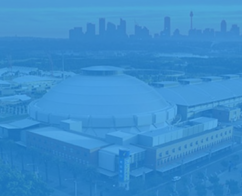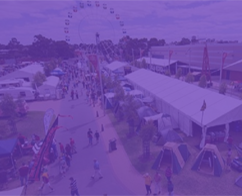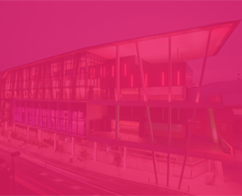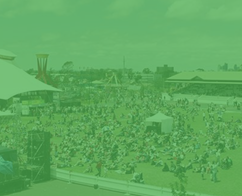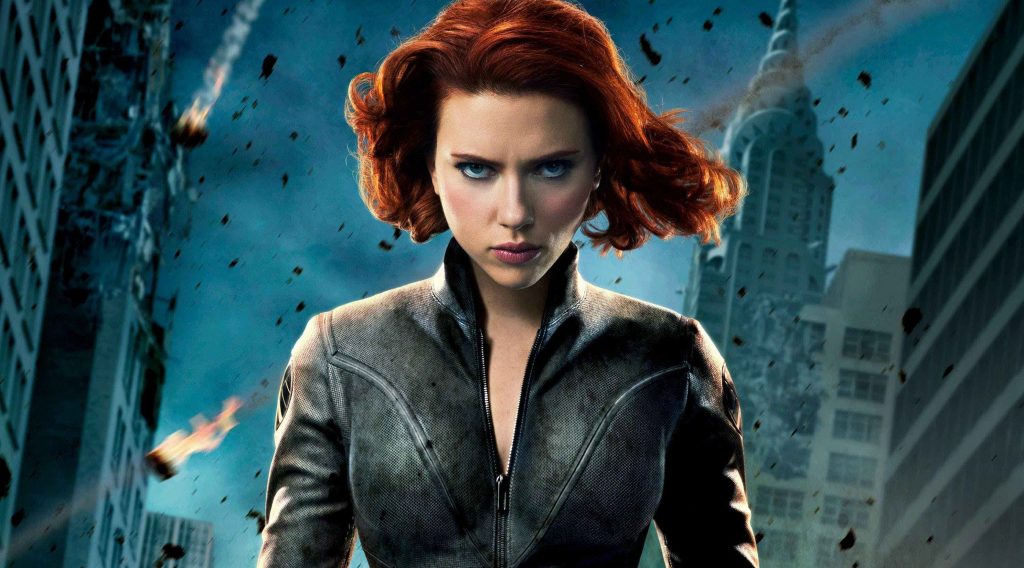
Sydney
June 21-22, 2025
Sydney Showground Olympic Park

Written by Laura Chung
The recent announcement that Jac Schaeffer will write the script for the first solo Black Widow movie has the rumour mill running wild with what we might expect from a blockbuster led by fan-favourite Scarlett Johansson. With that in mind, we take a look at how far we’ve come with female superheroes on the screen.
We start with the Wonder Woman of 1974 – not the beloved heroine played by Lynda Carter a few years later, but Cathy Lee Crosby, a former professional tennis player. This first foray was perhaps an indication of what was to come in later years – the made-for-television movie pilot, deemed by many as ‘misguided’, was not picked up by broadcasters for anything further.
After the few years of overwhelming success experienced by Lynda Carter (a role which cemented her as one of the most iconic faces of Wonder Woman, even today) came a series of critical and box office flops that started to become characteristic of female-led superhero screen ventures.
In 1984, DC attempted to make a spin-off of Christopher Reeves’ incredibly successful Superman. The first female-led superhero movie, Supergirl, was a flop, even earning several Razzie nominations. In 2001, an attempt was made to bring female superheroes to the small screen in a show called Black Scorpion, which was met with a lukewarm reception, while a year later the unsuccessful DC television show Birds Of Prey was cancelled after only 13 episodes.
2004 and 2005 saw both DC and Marvel try again to bring these characters to life. Catwoman and Elektra were huge critical and financial failures, but there was no blame to be found in the superhero genre itself – both films were released shortly before Batman Begins, a film adaptation that, until today, continues to be praised by critics and fans alike.
Filmmakers were, understandably, apprehensive to sanction further ventures following failure after failure, however, in 2015 the tide began to turn, starting with the small screen. The introduction of Jessica Jones and Supergirl in 2015, both with critically acclaimed, strong female leads, finally began to pave the way for female superheroes. The hugely different styles in the two shows demonstrated that it was possible to have very successful female-led superheroes on the screen in a wide variety of formats; the dark film-noir style of Jessica Jones and the bright, bubbly and hope-filled atmosphere created by Supergirl showed just how versatile they could be.
Then, two years later, came Wonder Woman. Critically acclaimed and universally praised, Wonder Woman smashed box-office records and brought the character soaring to new heights. Directed by Patty Jenkins and starring Gal Gadot as the titular character, Wonder Woman has been often cited as one of the best superhero movies ever made. Not to mention that Gal Gadot has also since become a champion for equal rights (case in point: her powerful speech at the Critics’ Choice Awards).
Even outside of comic book universes, we are seeing a rise in strong, female role models. Films such as Brave, Moana, The Hunger Games and even the new Star Wars movies have main, almost superhero-like, female protagonists.
Now, Captain Marvel is set for release in 2019, and the Black Widow film slated to follow, as well as film adaptations of the Gotham City Sirens and Batgirl. With more and more female leads, many of whom are so much more than just the damsels-in-distress that have become so characteristic of female roles in the superhero genre, we’ve come a long way and future is definitely looking up.
